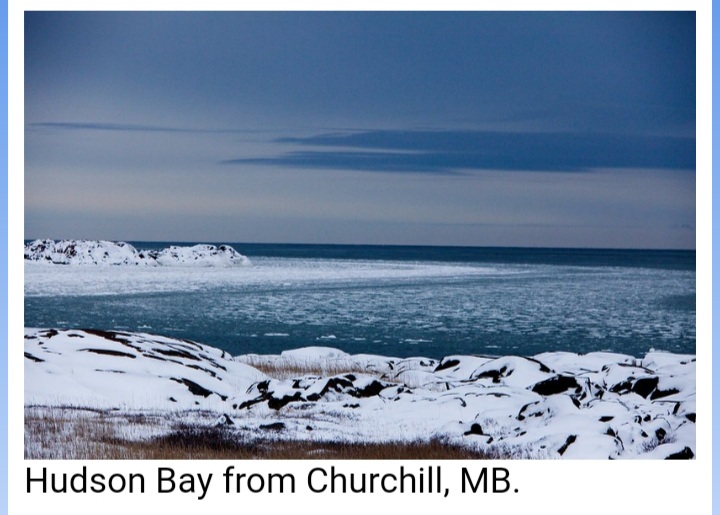**** Info via Environment Canada
Dwindling Arctic sea ice
In January 2022, the Arctic sea ice extent was 3.74% below the 1981-2010 average – marking the month the sixteenth smallest sea ice extent since satellite records began. The rapid decline of Arctic sea ice during the last couple of decades has encouraged climate scientists to study how this meltdown influences the rest of the planet, and a new study suggests that the effects may extend deep into the tropics.

In 2020, a study linked sea ice decline in the Arctic, since the late 1990s, with more frequent warm cycles in the Central Pacific Ocean. Surges of ocean heating in this region of the ocean can disrupt the climate and affect drought, flood and hurricane patterns around the world.

Winds are the link between the diminishing ice and the tropics.
Researchers believe that the Arctic Ocean has warmed up so much in the last 20 years that warm, late-summer sea air forms powerful convective towers, rising to the stratosphere. When this air falls back toward the equatorial Pacific, it intensifies prevailing east-to-west trade winds that push warm water toward Asia and Oceania. This, in turn, gives birth to a Central Pacific El Niño effect, a geographically specific variation of the well-documented eastern (tropical) Pacific warming and cooling cycle that is a key driver of the global climate.
The new research shows that El Niños forming in the Central Pacific started becoming more frequent at the same time that Arctic sea ice extent started its precipitous decline. Whether or not the rapid decline of Arctic sea ice is influencing climate outside of the Arctic is currently a hotly debated topic among climate scientists. Debates such as this one are a vital part of the scientific process and eventually, lead to a consensus supported by evidence.
For more: Canada in a Changing Climate.



